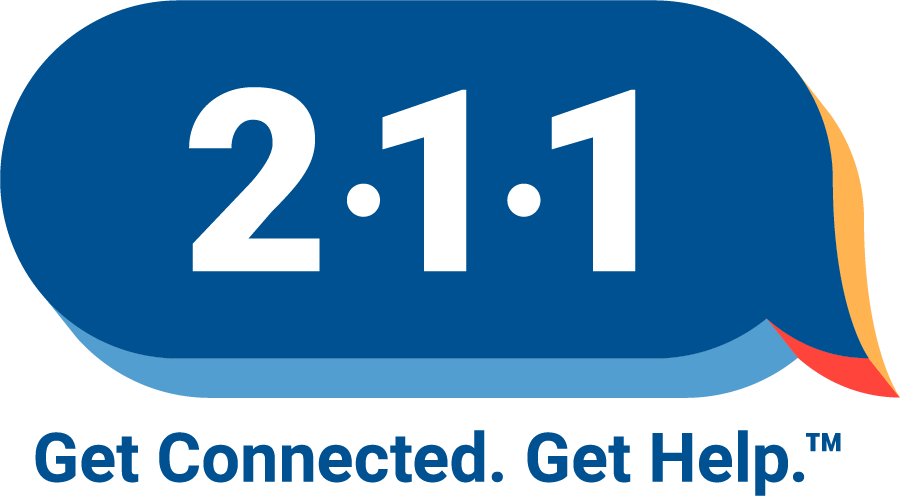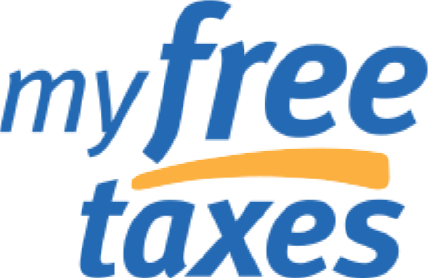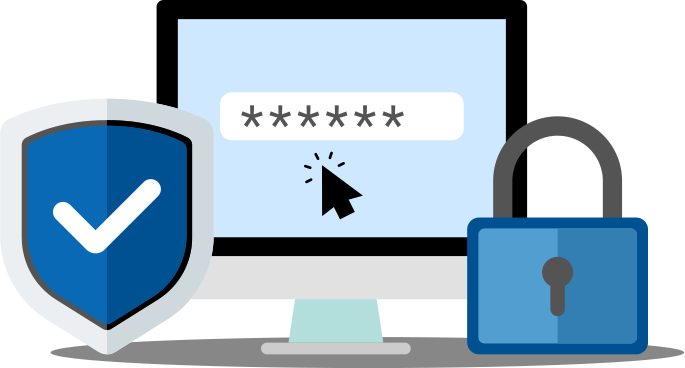Key Analysis Of President Biden’s Covid-19 Relief Package
After two-months of deliberations, President Biden recently signed into law a $1.86 trillion COVID-19 relief package (HR 1319) that reflects key components of his American Rescue Plan.
In a major victory for California’s counties, the final legislation includes robust, direct, and flexible federal COVID-19-related financial support to all counties. Pursuant to the bill, counties across America will receive a total of $65.1 billion, with funds allocated based on population. According to preliminary estimates, California counties are projected to receive at least $7.6 billion.
In addition to funds for counties, the legislation provides $193.5 billion for states, $65.1 billion for cities, $20 billion for tribal governments, and $4.5 billion for U.S. territories. The state of California is expected to receive approximately $26 billion.
The final bill sets a 60-day deadline for the Department of the Treasury to distribute most funds to state and local recipients. The second tranche of funds will be distributed to localities 12 months after the initial allocation. The Treasury Department could also withhold up to half of a state’s allocation for as long as 12 months based on its unemployment rate and could require an updated certification of its funding needs.
The funding, which will be available for expenditure through December 31, 2024, can be used to:
- Respond to the public health emergency and address its negative economic effects, including through assistance to households, small businesses, and nonprofits or to aid impacted industries such as tourism, travel, and hospitality;
- Provide “premium pay” to essential employees or grants to their employers. (Note: Premium pay could not exceed $13 per hour or $25,000 per worker);
- Provide government services affected by a revenue reduction during the pandemic; and,
- Make investments in water, sewer, and broadband infrastructure
State and local governments will be permitted to transfer funds to private nonprofit organizations, public benefit corporations involved in the transportation of passengers or cargo, and special-purpose units of State or local government.
The final bill also includes $10 billion for a Coronavirus Capital Projects Fund to finance capital projects “directly enabling work, education, and health monitoring, including remote options, in response to the public health emergency.” While states, territories, and tribal governments will be eligible for the new program, the funding will not be available to counties and cities.
Finally, the measure will provide an additional $1.5 billion to public lands counties, with $750 million allotted each year for fiscal years 2022 and 2023. The funding can be used for general government spending, with the exception of lobbying.
To follow are other key provisions of the American Rescue Plan:
FEMA Disaster Relief Fund
The legislation includes $50 billion to help replenish FEMA’s Disaster Relief Fund. The dollars will be available to reimburse state and local governments for various COVID-19-related costs, including vaccination efforts, deployment of the National Guard, and personal protective equipment. Funding will remain available through September 30, 2025. The funding also can be used to provide financial assistance for pandemic-related funeral expenses with a 100% federal cost-share.
Economic Impact Payments
The legislation will provide individuals earning up to $75,000 with an economic impact payment of $1,400; joint filers earning up to $150,000 will receive a $2,800 payment, with the payments declining at higher incomes and zeroing out altogether at $80,000/$160,000. The House-passed measure would have capped the income levels at $100,000 for individuals and $200,000 for joint filers. Payments of $1,400 would also be made for each individual claimed as a dependent. It should be noted that individuals with social security numbers in mixed immigration status households will be eligible for a payment.
Unemployment Insurance
The weekly supplemental unemployment benefit, which was set to expire on March 14, will be extended through September 6 at the current level of $300 per week. The initial House-passed measure would have increased the weekly benefit to $400 and extended it through August 29. In addition, the measure will expand benefits for self-employed and gig workers and extend the number of weeks that long-term jobless individuals can qualify for payments. Additionally, the first $10,200 of unemployment benefits received will be excluded from certain taxpayers’ adjusted gross income beginning in 2020. However, the provision only applies to those earning less than $150,000.
Credits for Paid Sick and Family Leave
The legislation will make public sector employers (including counties) eligible to receive a dollar-for-dollar payroll tax credit available through September 30, 2021, should they choose to offer paid leave. With the exception of federal employees, there is no employer mandate to provide such leave. It should be noted that counties were not eligible for the refundable tax credit under the Families First Coronavirus Response Act (FFCRA; PL 116-127).
Housing and Homelessness Programs
An additional $21.6 billion will be available for emergency rental assistance, on top of the $25 billion that Congress appropriated in December 2020. Five billion dollars will available to pay for home energy and water costs in arrears. The legislation also will allocate $5 billion to entities serving individuals at risk or currently experiencing homelessness.
Vaccines
The bill includes $14 billion to speed up the distribution and administration of COVID-19 vaccines across the country. The funding will support the development of community vaccination centers, as well as mobile vaccination units that can go into hard-to-reach areas. The measure also includes $8.5 billion for the Centers for Disease Control and Prevention (CDC) to prepare, promote, administer, monitor, and track vaccines. Among other things, this funding can be used to support state and local public health departments.
Testing
The legislation includes $47.8 billion for a national testing strategy, with funding for rapid tests, community-based testing sites, and expanding lab capacity.
Public Health Workforce
The legislation provides $7.66 billion for a public health jobs program that will allow public health departments to hire new, full-time public health workers.
Supplemental Nutrition Assistance Program
The legislation will extend the 15 percent increase in the Supplemental Nutrition Assistance Program (SNAP/CalFresh) for an additional three months (to September 30, 2021). Additionally, SNAP administrative reimbursement will receive another $1.135 billion over the next three years to partially account for the increased workload to process the COVID spike in SNAP applications. The SNAP state administration budget is roughly $4.9 billion annually.
Pandemic EBT Program
The EBT benefit for youth eligible for school meals will continue through any school year during a designated public health emergency and the following summer period. The program has been on short-term extensions until this time.
Temporary Assistance for Needy Families
The Temporary Assistance for Needy Families (TANF/CalWORKs) program will receive a $1 billion increase, reflecting an approximate six percent boost to the program. States such as California, which provide relatively higher cash grants, will be given a slightly higher share of the $1 billion relative to other states.
Child Tax Credit
The legislation makes the Child Tax Credit (CTC) fully refundable and authorizes $300 monthly payments for children under the age of six and $250 monthly payments for those six to seventeen years of age. The CTC will begin phasing out at $75,000 for single filers and $150,000 for those filing jointly.
Earned Income Tax Credit
The eligibility and amount of the Earned Income Tax Credit (EITC) will be expanded under the legislation. The eligibility age for claiming the “childless EITC” will be lowered from 25 to 19, except for full-time students, and the maximum credit amount will increase from $543 to $1,502.
Transit
The legislation includes $30.5 billion to help assist with transit operating costs, including payroll and personal protective equipment.
Airports
The measure includes $8 billion in federal assistance for airports. Airports that receive funding will be required to retain at least 90 percent of personnel employed as of March 27, 2020, through Sept. 30. However, the Department of Transportation may provide a waiver from the requirement if it determines that an airport is experiencing economic hardship or the requirement reduces aviation safety or security.
Economic Development Administration
The final bill includes $3 billion in grant funding for the Economic Development Administration to address the pandemic’s impact on local economies. It should be noted that 15 percent of the appropriation will be dedicated to assisting communities that have suffered economic injury as a result of job losses in travel, tourism, or outdoor recreation activities.
Elder Justice/Adult Protective Services
Building off the recent $100 million federal appropriation for APS, the bill guarantees an additional $100 million in FY 2022. California recently received nearly $9.5 million from the COVID-19 legislation enacted this past December.
Older Americans Act Nutrition
Title III nutrition programs will be increased by $750 million. The annual appropriation in FY 2021 was $951 million.
Child Care
The legislation will provide nearly $15 billion for child care to be available for this year and the following two fiscal years. Essential workers will be eligible for assistance without regard to their income. Child care received $5.9 billion in FY 2021.
Child Abuse Prevention and Treatment
The Child Abuse Prevention and Treatment Act (CAPTA) will receive a $250 million increase with no state match required. The regular FY 2021 appropriation was nearly $270 million. These one-time-only funds will be available through September 2023.
Low Income Home Energy Assistance Program
LIHEAP will receive a $4.5 billion boost, with funding available through September 2021. Last year’s appropriation was $3.7 billion.
Defense Production Act
The legislation allocates $10 billion for the Defense Production Act (DPA) to help produce tests, masks, personal protective equipment, and vaccines. Under the DPA, the president can require manufacturers to prioritize contracts related to national defense and other emergencies. It also authorizes the president to allocate scarce goods and provide incentives such as loans and contracts to help expand production.
Medicaid Home and Community Based Care Services
The bill increases the federal contribution by 10 percentage points for state expenditures on home and community-based services provided between April 1, 2021, and March 31, 2022. This increase is in addition to the current 6.2 percentage point increase in the federal financial share for Medicaid that is in place until the public health emergency (PHE) ends. HHS has informed states that it expects to continue the PHE declaration through the current calendar year.
Distance Learning
The measure will establish a $7.17 billion Emergency Connectivity Fund, which will provide support to eligible schools and libraries to provide, among other things, eligible connected devices, internet service, and hotspots to students and teachers for internet use at home.
Paycheck Protection Program
The legislation will expand eligibility and increase funding for the Paycheck Protection Program. Specifically, the measure will increase the program’s lending authority by $7.25 billion.
Economic Injury Disaster Loan Program
The legislation will provide an additional $15 billion for the Economic Injury Disaster Loan program, which is designed to provide economic relief to businesses that are currently experiencing a temporary loss of revenue due to COVID-19. Funds will be targeted to businesses with extreme revenue losses in low-income areas.
Restaurant Revitalization Fund
The final bill includes $28.6 billion for a new grant program that will provide assistance to restaurants and bars. Funding will be available for a wide variety of expenses, including payroll, mortgage, rent, utilities, supplies, food and beverage expenses, paid sick leave, and operational expenses.
Estimated Allocation for Counties:
| Alameda County | California | $324,143,968 |
| Alpine County | California | $218,963 |
| Amador County | California | $7,709,656 |
| Butte County | California | $42,509,775 |
| Calaveras County | California | $8,902,992 |
| Colusa County | California | $4,178,908 |
| Contra Costa County | California | $223,719,264 |
| Del Norte County | California | $5,393,966 |
| El Dorado County | California | $37,400,712 |
| Fresno County | California | $193,769,486 |
| Glenn County | California | $5,506,648 |
| Humboldt County | California | $26,290,639 |
| Imperial County | California | $35,145,533 |
| Inyo County | California | $3,498,553 |
| Kern County | California | $174,588,634 |
| Kings County | California | $29,661,771 |
| Lake County | California | $12,487,268 |
| Lassen County | California | $5,929,445 |
| Los Angeles County | California | $1,947,022,982 |
| Madera County | California | $30,512,603 |
| Marin County | California | $50,197,709 |
| Mariposa County | California | $3,336,416 |
| Mendocino County | California | $16,824,434 |
| Merced County | California | $53,854,326 |
| Modoc County | California | $1,714,658 |
| Mono County | California | $2,801,325 |
| Monterey County | California | $84,183,458 |
| Napa County | California | $26,714,601 |
| Nevada County | California | $19,346,868 |
| Orange County | California | $615,905,908 |
| Placer County | California | $77,253,457 |
| Plumas County | California | $3,647,502 |
| Riverside County | California | $479,147,183 |
| Sacramento County | California | $301,012,092 |
| San Benito County | California | $12,181,225 |
| San Bernardino County | California | $422,814,061 |
| San Diego County | California | $647,448,546 |
| San Francisco County* | California | $635,951,918 |
| San Joaquin County | California | $147,813,911 |
| San Luis Obispo County | California | $54,907,635 |
| San Mateo County | California | $148,672,113 |
| Santa Barbara County | California | $86,595,732 |
| Santa Clara County | California | $373,895,024 |
| Santa Cruz County | California | $52,987,979 |
| Shasta County | California | $34,925,407 |
| Sierra County | California | $582,801 |
| Siskiyou County | California | $8,444,121 |
| Solano County | California | $86,817,603 |
| Sonoma County | California | $95,873,423 |
| Stanislaus County | California | $106,797,116 |
| Sutter County | California | $18,806,928 |
| Tehama County | California | $12,622,641 |
| Trinity County | California | $2,382,600 |
| Tulare County | California | $90,415,649 |
| Tuolumne County | California | $10,565,673 |
| Ventura County | California | $164,077,654 |
| Yolo County | California | $42,764,617 |
| Yuba County | California | $15,257,174 |




